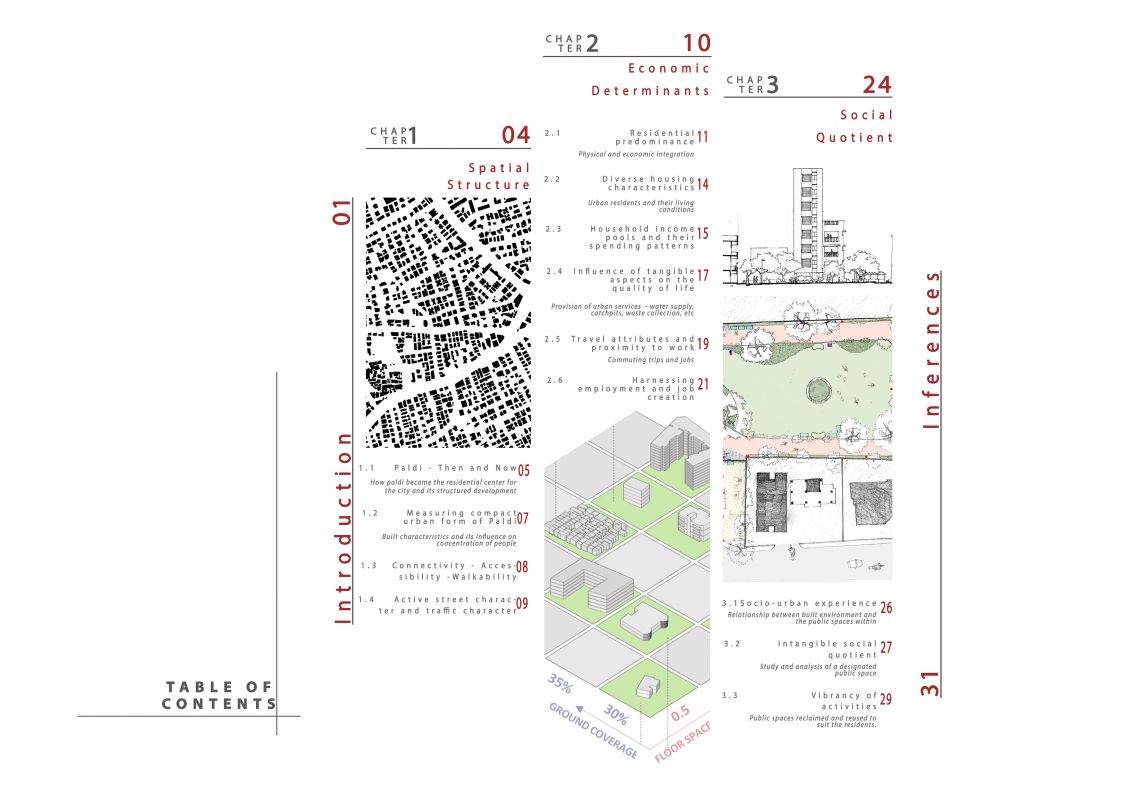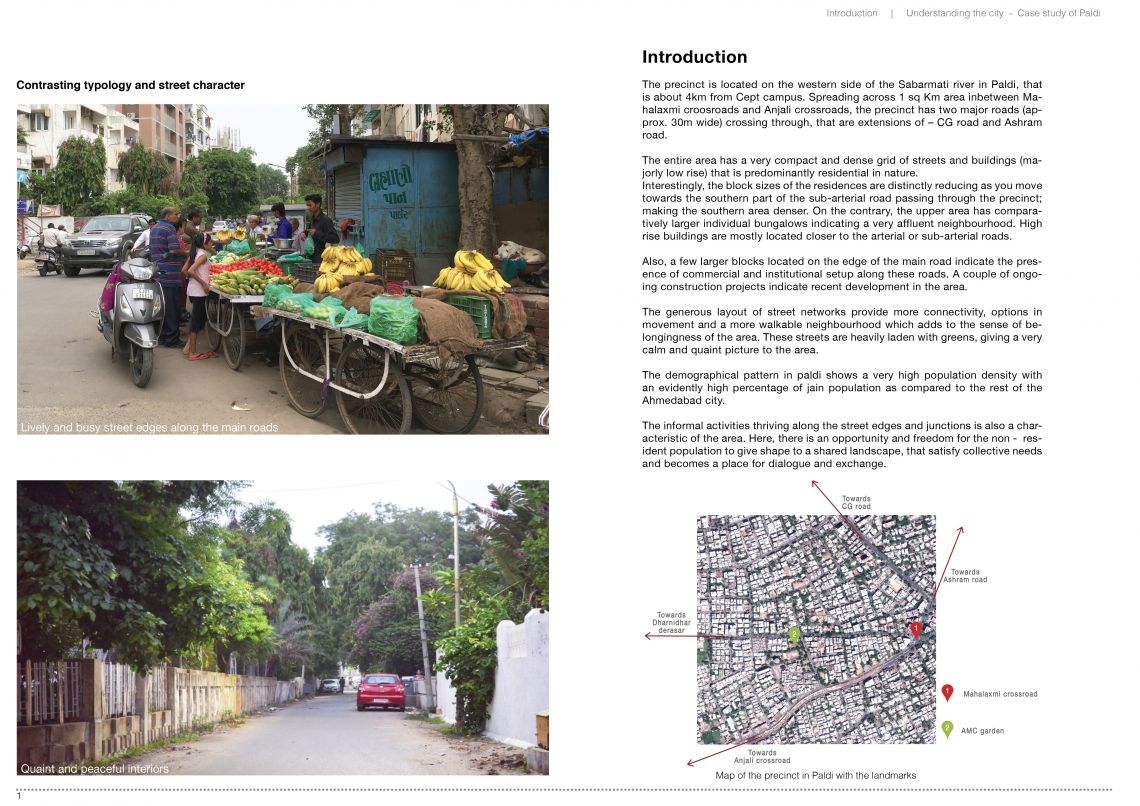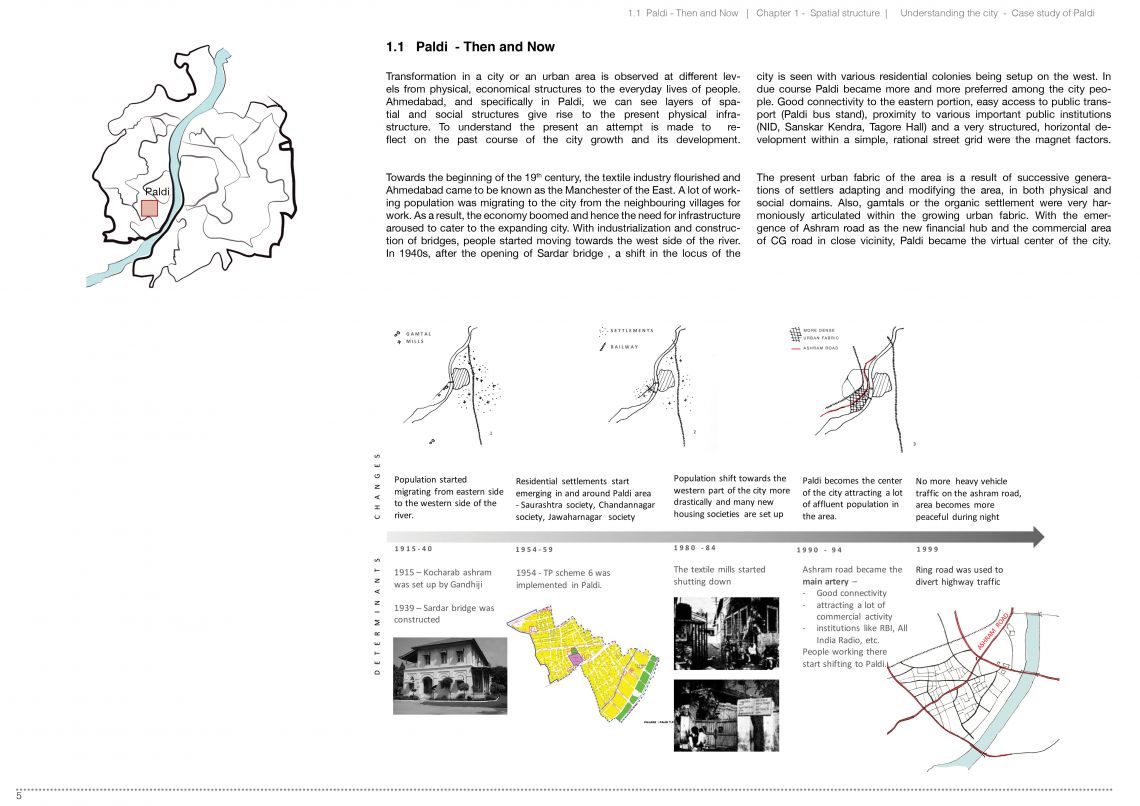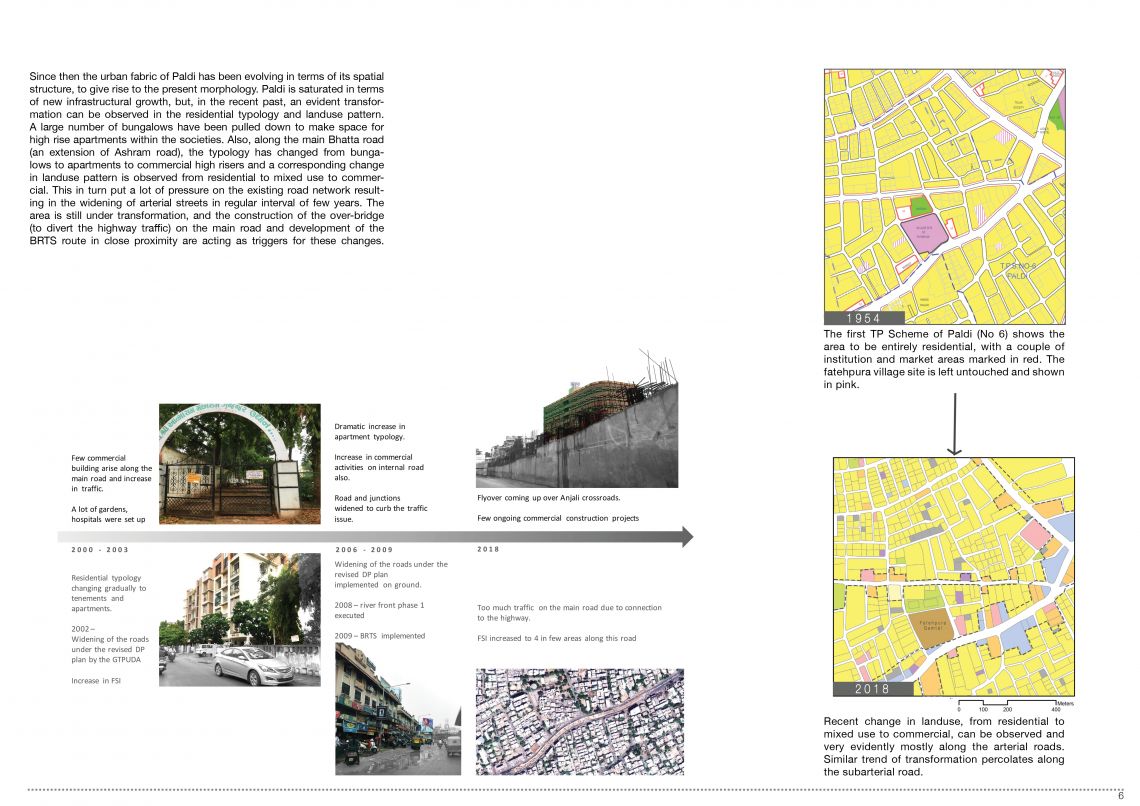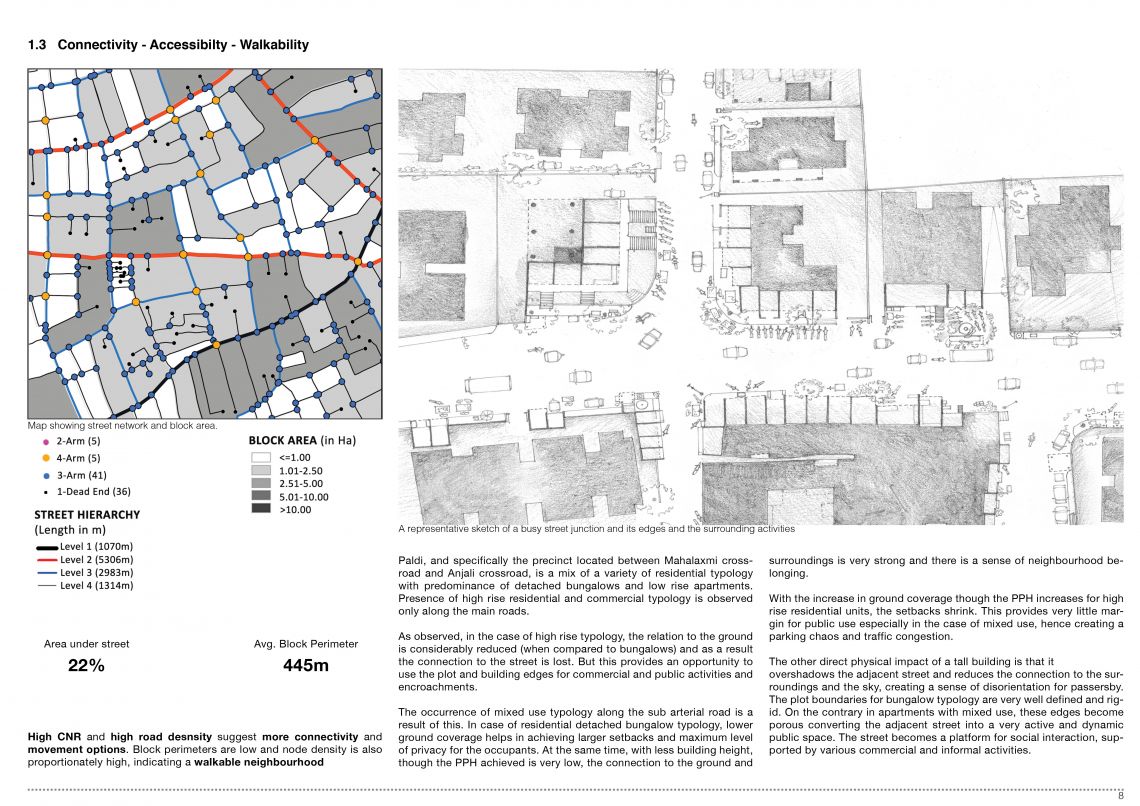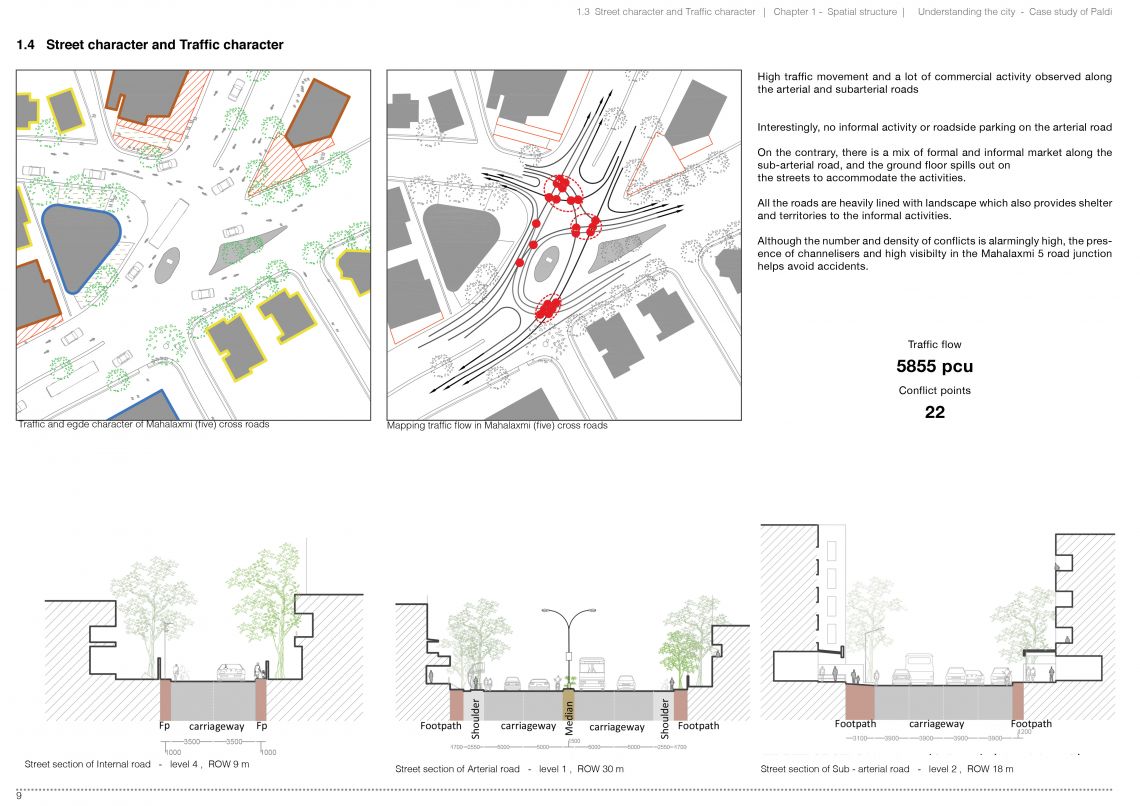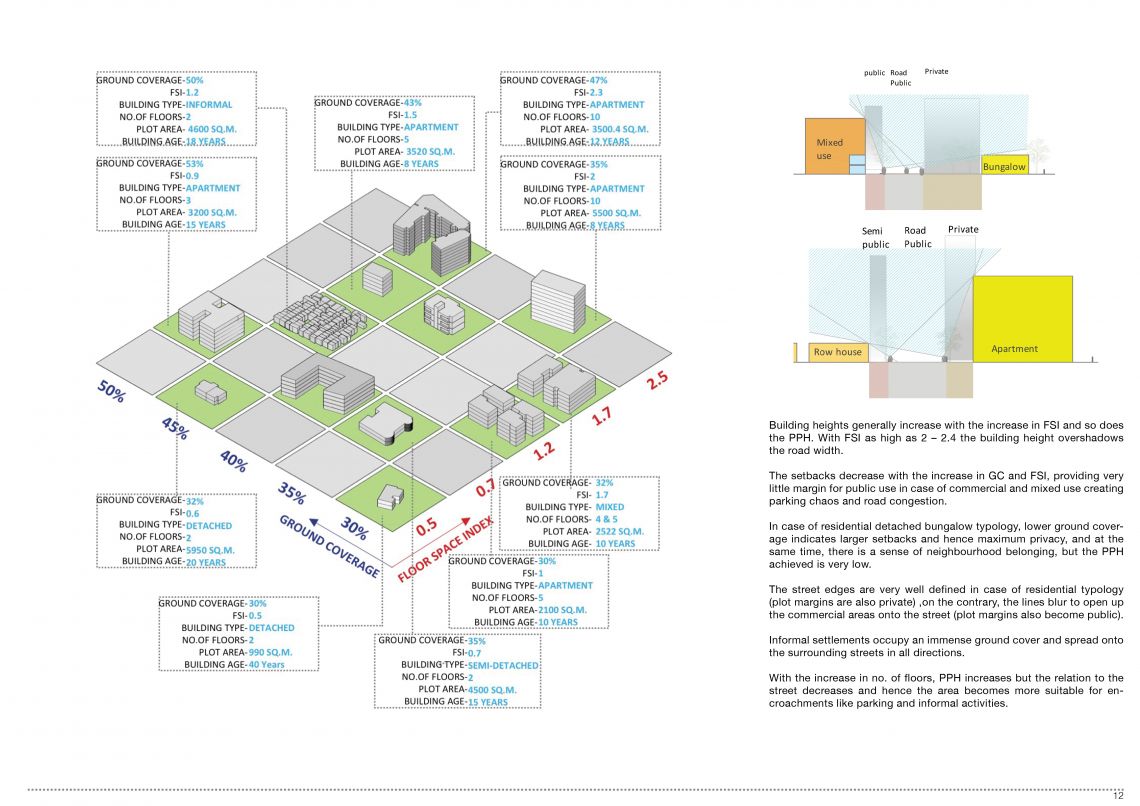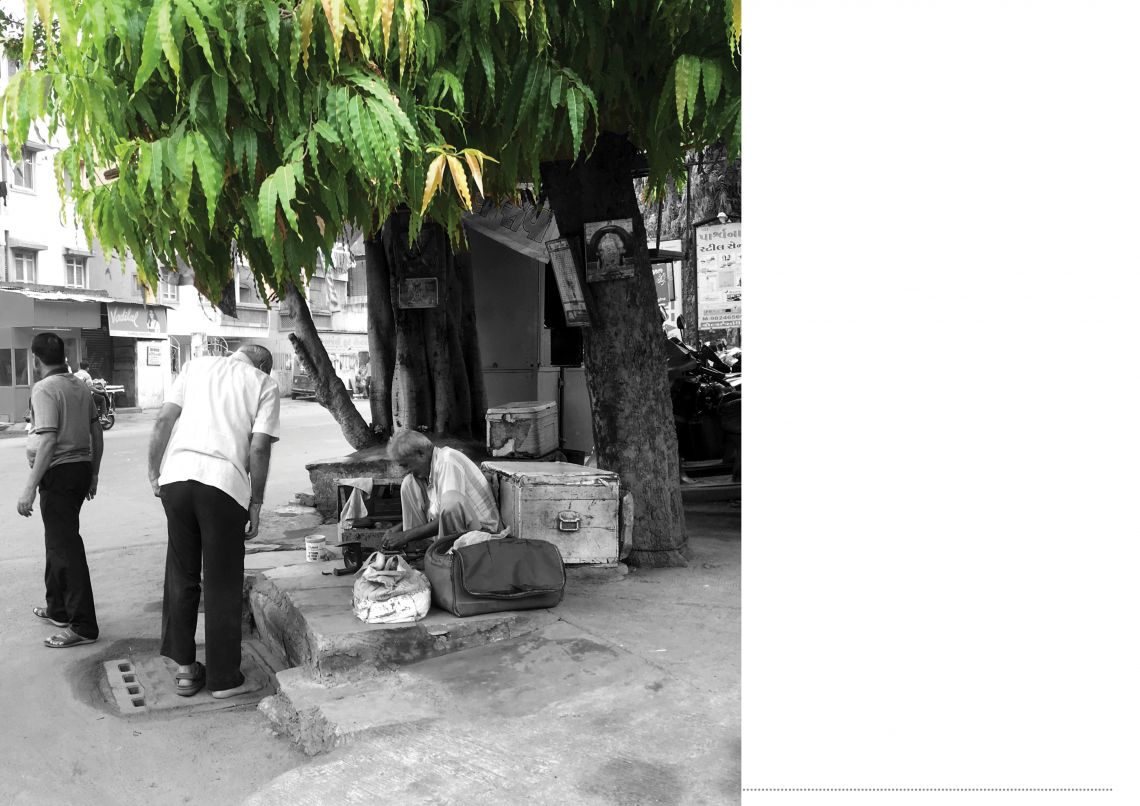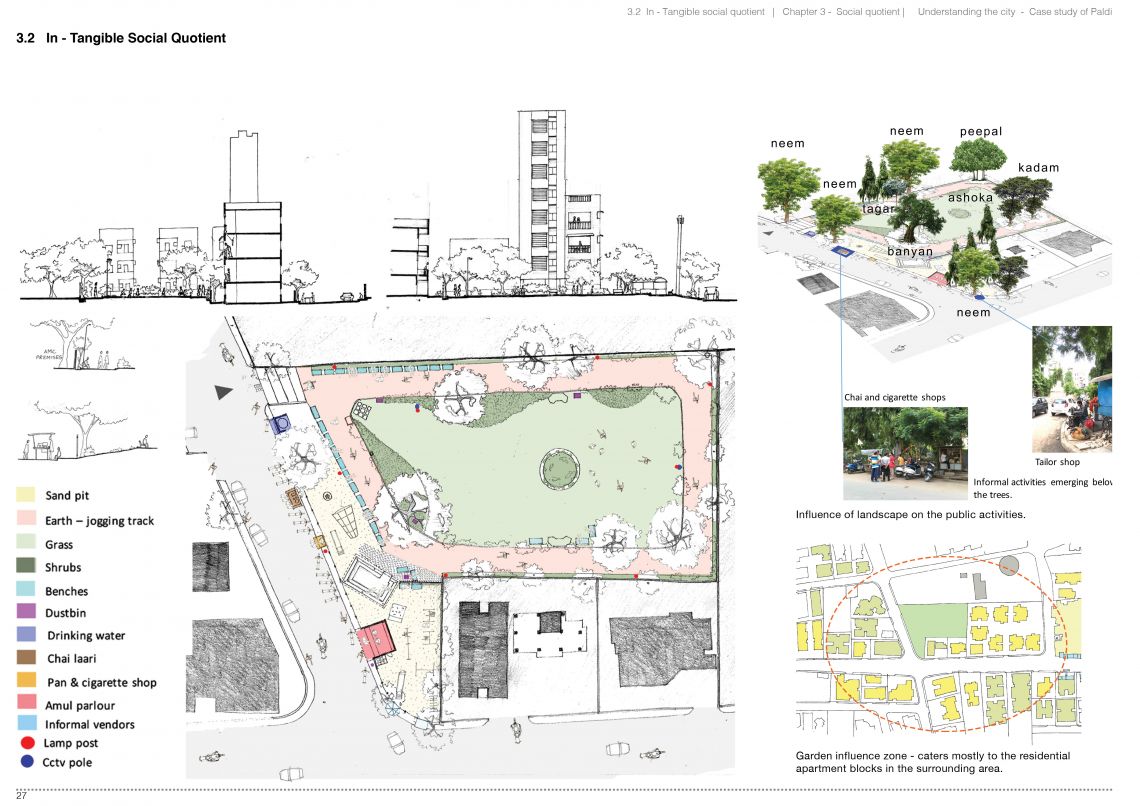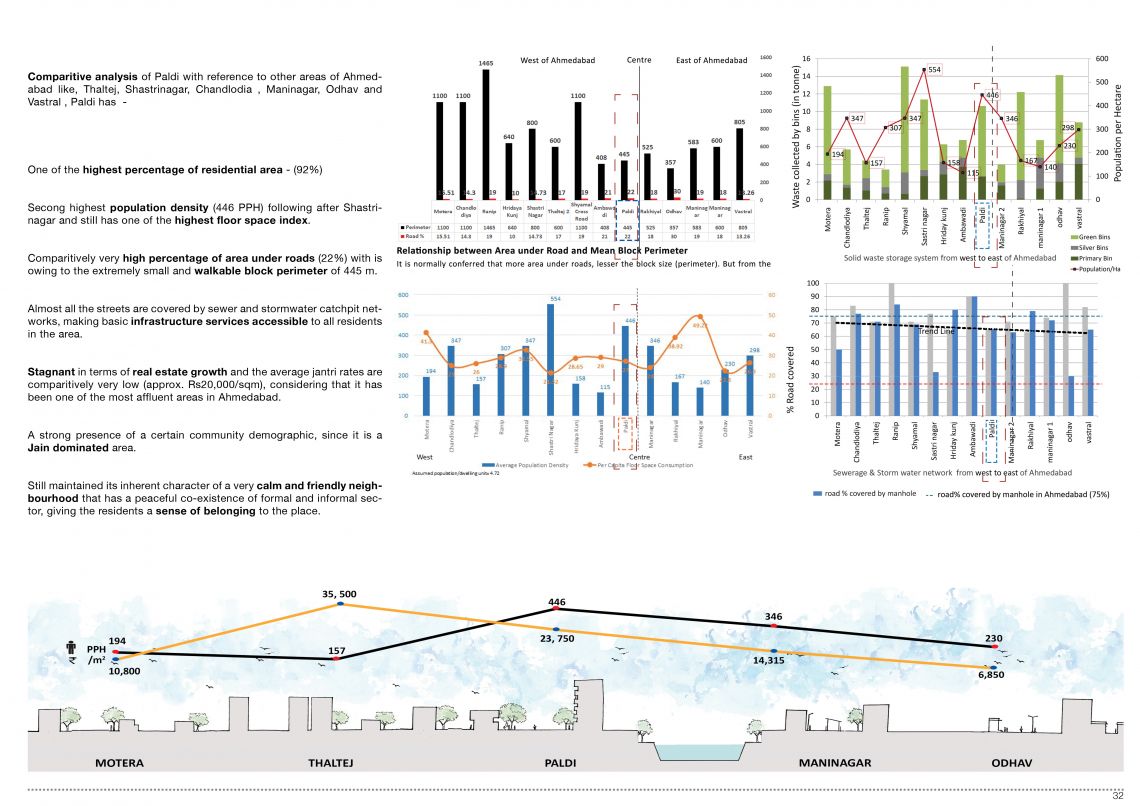Your browser is out-of-date!
For a richer surfing experience on our website, please update your browser. Update my browser now!
For a richer surfing experience on our website, please update your browser. Update my browser now!
The great transition from rural to urban is filled with economic, social and political promise. Few countries have transitioned from poverty to prosperity without urbanizing. While urbanization is a key driver of development - in terms of economic dynamism, inclusion and democracy, it also poses enormous challenges. If these problems are left unaddressed, cities can become a source of social and political instability. Despite these difficulties, widespread prosperity seems much more likely to emerge from new cities than from the farms of the less developed world. Cities can become the engines of transformative change toward inclusive, people-centered, and sustainable development. To develop a comprehensive understanding of the city, it is important to understand that the city is formed as a result of various forces that define its spatial, economic and social dynamics. The chapters that follow attempt to explore and analyse how these urban forces come together, and how their key determinants help shape an urban environment. Here, an attempt is made to establish how the precinct looks, feels and is experienced by its residents by analyzing these entities in a defined area of 1 sq km.
